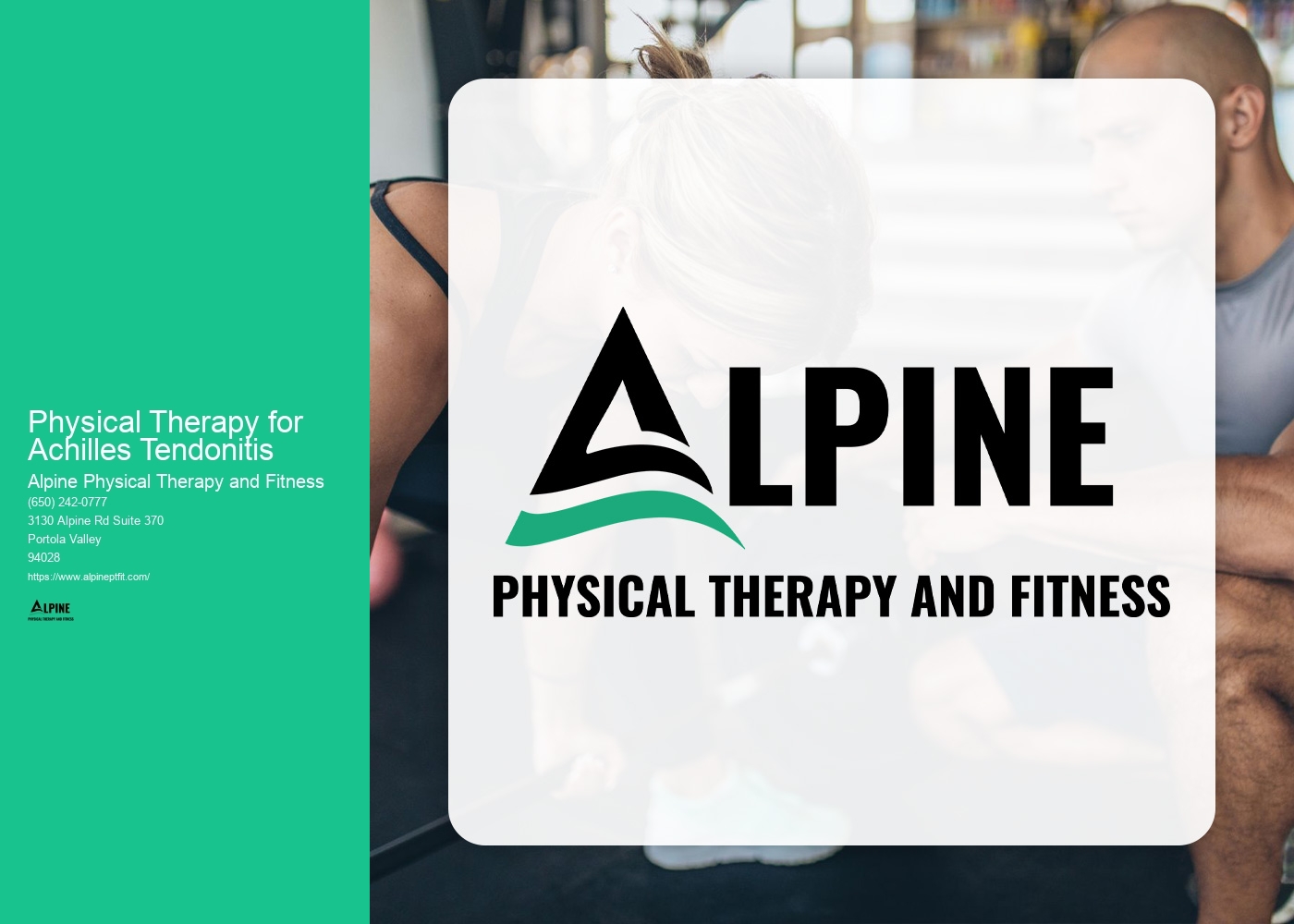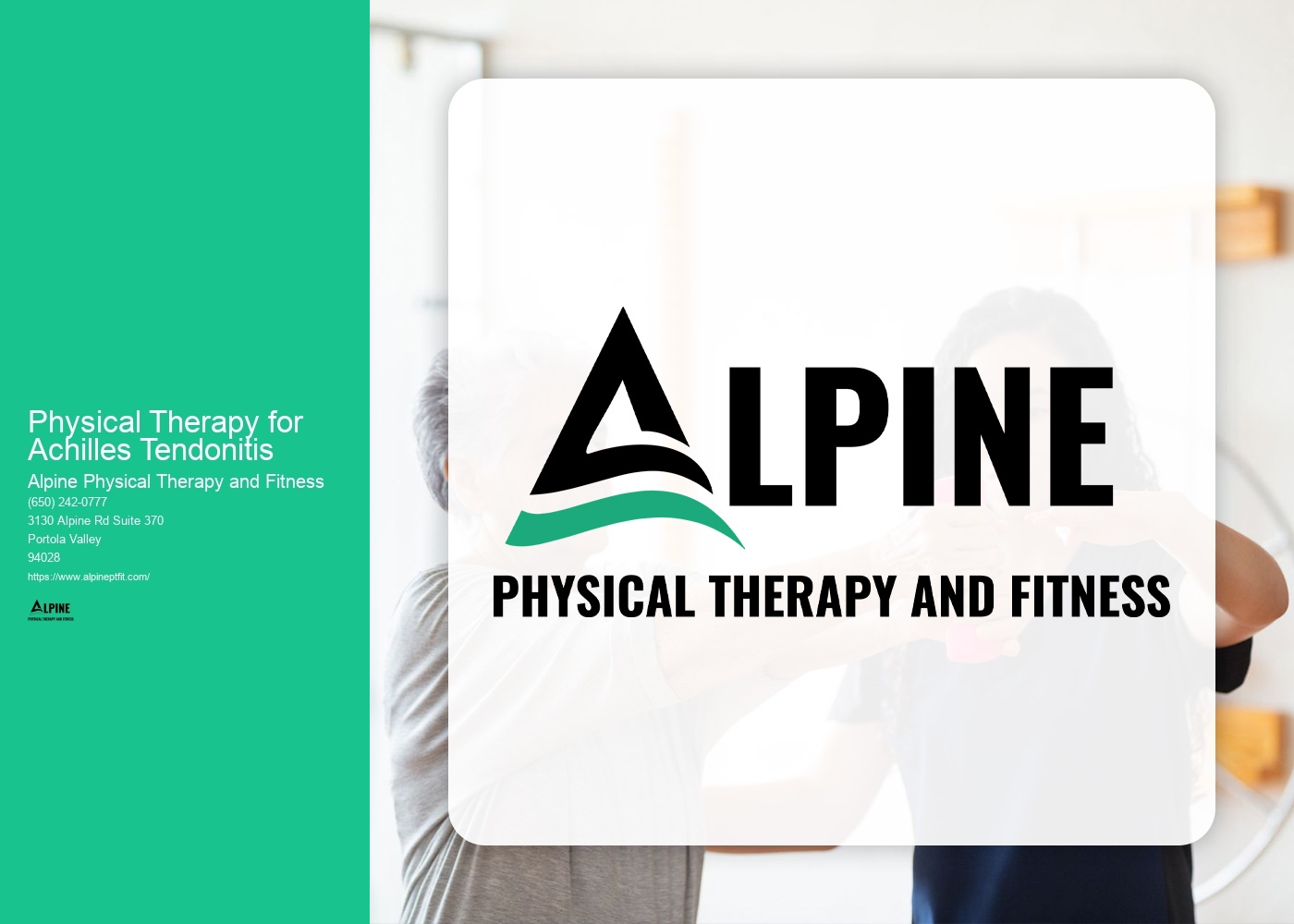

Achilles tendonitis is a condition characterized by inflammation of the Achilles tendon, which is the large tendon that connects the calf muscles to the heel bone. It is most commonly caused by overuse or repetitive strain on the tendon, such as excessive running or jumping. Other factors that can contribute to Achilles tendonitis include tight calf muscles, improper footwear, sudden increase in physical activity, and biomechanical abnormalities. These factors can put increased stress on the tendon, leading to inflammation and pain.
The common symptoms of Achilles tendonitis include pain and stiffness in the back of the heel, especially in the morning or after periods of rest. The pain may worsen with activity and can range from mild to severe. Swelling and tenderness may also be present along the tendon. In some cases, a thickening or nodular formation may be felt along the tendon. It is important to seek medical attention if these symptoms persist or worsen, as early intervention can prevent further damage.
Achilles tendonitis is typically diagnosed through a combination of physical examination and medical history. The healthcare provider will assess the affected area for signs of inflammation, swelling, and tenderness. They may also perform specific tests, such as the Thompson test, to evaluate the integrity of the tendon. Imaging studies, such as an ultrasound or MRI, may be ordered to confirm the diagnosis and assess the extent of the injury.

Treatment options for Achilles tendonitis aim to reduce pain, inflammation, and promote healing. Initially, conservative measures are recommended, such as rest, ice, compression, and elevation (RICE). Nonsteroidal anti-inflammatory drugs (NSAIDs) may be prescribed to alleviate pain and reduce inflammation. Physical therapy is often a key component of treatment, as it helps to strengthen the muscles around the tendon, improve flexibility, and promote proper biomechanics.
Yes, physical therapy can be highly beneficial for individuals with Achilles tendonitis. A physical therapist will develop a personalized treatment plan based on the individual's specific needs and goals. The therapy may include a combination of exercises to strengthen the calf muscles, improve flexibility, and promote proper alignment and mechanics. They may also incorporate modalities such as ultrasound or electrical stimulation to aid in pain relief and tissue healing. The therapist will closely monitor progress and make adjustments to the treatment plan as needed.

There are several exercises and stretches that are commonly recommended for Achilles tendonitis. Eccentric calf raises, where the individual slowly lowers their heel below the level of the step, can help to strengthen the tendon. Calf stretches, such as the wall stretch or towel stretch, can improve flexibility. Additionally, exercises that target the muscles of the foot and ankle, such as toe curls or ankle circles, may be included to improve overall lower extremity strength and stability.
The recovery time for Achilles tendonitis can vary depending on the severity of the injury and the individual's adherence to the treatment plan. With proper rest, conservative measures, and consistent physical therapy, most individuals can expect to see improvement within 6 to 12 weeks. However, it is important to note that complete recovery may take several months, and it is crucial to follow the guidance of a healthcare professional to prevent re-injury and promote long-term healing. Regular follow-up appointments with a physical therapist can help to monitor progress and make any necessary adjustments to the treatment plan.

Yes, the Alexander Technique can be effectively integrated into physical therapy for posture correction. The Alexander Technique is a holistic approach that focuses on improving body alignment, movement coordination, and postural habits. By incorporating the principles of the Alexander Technique into physical therapy sessions, therapists can help patients develop a greater awareness of their posture and movement patterns. This can lead to improved body mechanics, reduced muscle tension, and enhanced overall posture. The Alexander Technique can complement traditional physical therapy techniques by providing patients with tools to consciously adjust and maintain proper alignment and posture throughout their daily activities. By integrating the Alexander Technique into physical therapy, therapists can offer a comprehensive approach to posture correction that addresses both the physical and mental aspects of movement and alignment.
Manual therapy techniques have been shown to be effective in alleviating symptoms of temporomandibular joint dysfunction (TMJ). These techniques, which include mobilization, manipulation, and soft tissue techniques, aim to improve the range of motion, reduce pain, and restore normal function to the jaw joint. By applying specific manual pressure and movements to the affected area, manual therapists can help release tension, reduce muscle spasms, and improve joint alignment. Additionally, manual therapy can help address any underlying musculoskeletal imbalances or dysfunctions that may be contributing to TMJ symptoms. Overall, manual therapy techniques can provide significant relief for individuals suffering from TMJ, improving their quality of life and restoring normal jaw function.
There are several exercises that can help aging individuals maintain their independence. Strength training exercises, such as lifting weights or using resistance bands, can help improve muscle strength and prevent muscle loss. Balance exercises, such as standing on one leg or practicing tai chi, can help improve stability and reduce the risk of falls. Flexibility exercises, such as stretching or yoga, can help improve range of motion and maintain joint health. Endurance exercises, such as walking or swimming, can help improve cardiovascular health and overall stamina. It is important for aging individuals to consult with a healthcare professional before starting any exercise program to ensure it is safe and appropriate for their specific needs.
Yes, there are specialized techniques for treating infant torticollis. One commonly used technique is called passive stretching, where a healthcare provider gently moves the baby's head in different directions to help improve range of motion. Another technique is called active stretching, where the baby is encouraged to move their head on their own through play and exercises. Additionally, positioning techniques such as tummy time and using special pillows or supports can help to alleviate the symptoms of torticollis. It is important for parents to work closely with healthcare professionals to develop a personalized treatment plan for their infant, as each case of torticollis may require different interventions.